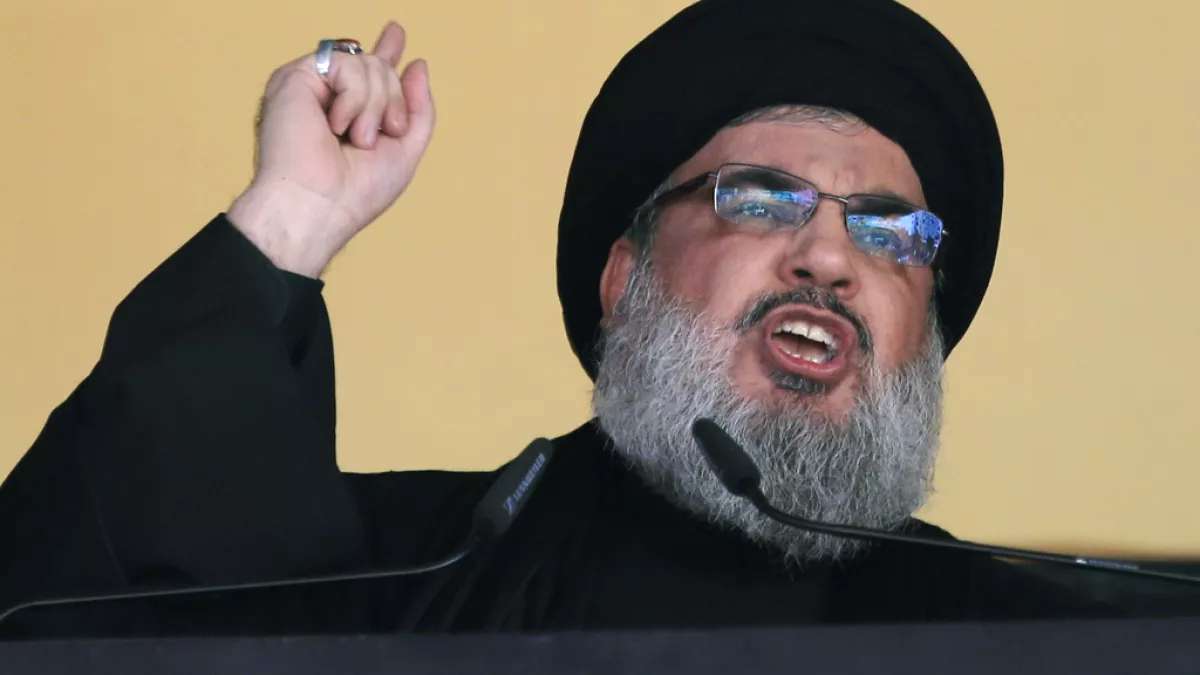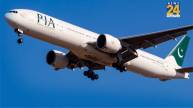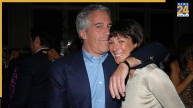In a significant escalation of the ongoing conflict, Hassan Nasrallah, the leader of Hezbollah, was killed on Friday in an Israeli airstrike that targeted an underground bunker in Beirut. The attack, meticulously planned by the Israeli Air Force, involved collaboration from multiple intelligence agencies and resulted in the deaths of several senior Hezbollah officials alongside Nasrallah.
Targeting a Heavily Fortified Bunker
The airstrike occurred in southern Beirut, aimed at a heavily fortified bunker situated over 60 feet underground. Nasrallah and other high-ranking members of the Iran-backed group were reportedly convened to discuss strategies against Israel amid increasing pressure from Tehran to refrain from immediate retaliatory actions, as reported by the Wall Street Journal.
Precision Strike with Advanced Munitions
Described as one of the largest attacks on an urban center in recent history, the Israeli military deployed nearly 80 tons of explosives, including around 85 specialized “bunker-buster” bombs designed to penetrate deep into fortified structures. These munitions can pierce through up to 30 meters of earth or six meters of reinforced concrete, ensuring the strike’s precision by breaching the bunker’s defenses.
An IAF commander from the 69th Squadron expressed confidence in the operation’s execution, stating, “Everything we planned was executed precisely, with no errors.” The bunker-buster bombs used weigh between 907 kg and 1,814 kg and are based on advanced artillery developed during World War II, specifically the Rochling shells.
Also Read: IDF Initiates Targeted Operations Against Hezbollah Positions Along Lebanon Border
Months of Planning and Targeting Military Assets
Israel’s military campaign has intensified, with over 2,000 airstrikes conducted in Lebanon leading up to this strike. The attack not only targeted Nasrallah but also aimed at Hezbollah’s military capabilities, destroying critical electronic equipment and a missile cache. Israeli officials confirmed that months of planning went into this operation, supported by real-time intelligence that verified Nasrallah’s presence in the bunker during the strike. Israeli spokesperson Nadav Shoshani stated, “We had intelligence that Nasrallah was meeting with senior terrorists, and we acted accordingly.”
Netanyahu’s Justification and the Humanitarian Impact
Israeli Prime Minister Benjamin Netanyahu authorized the strike while addressing the United Nations General Assembly in New York. In his address, he condemned terrorism and underscored Israel’s commitment to securing its borders. Following the attack, Netanyahu referred to Nasrallah as “the terrorist,” emphasizing that “His removal is essential to achieving our goals.”
The ongoing conflict has already led to the displacement of tens of thousands on both sides of the Israel-Lebanon border. The United Nations reported that over 200,000 Lebanese civilians have been displaced in the past week, with many more expected to flee as the fighting escalates. Israel has vowed to persist with its military operations against Hezbollah until the group ceases its attacks.
Also Read: Hashem Safieddine To Lead Hezbollah Following Hassan Nasrallah’s Death













